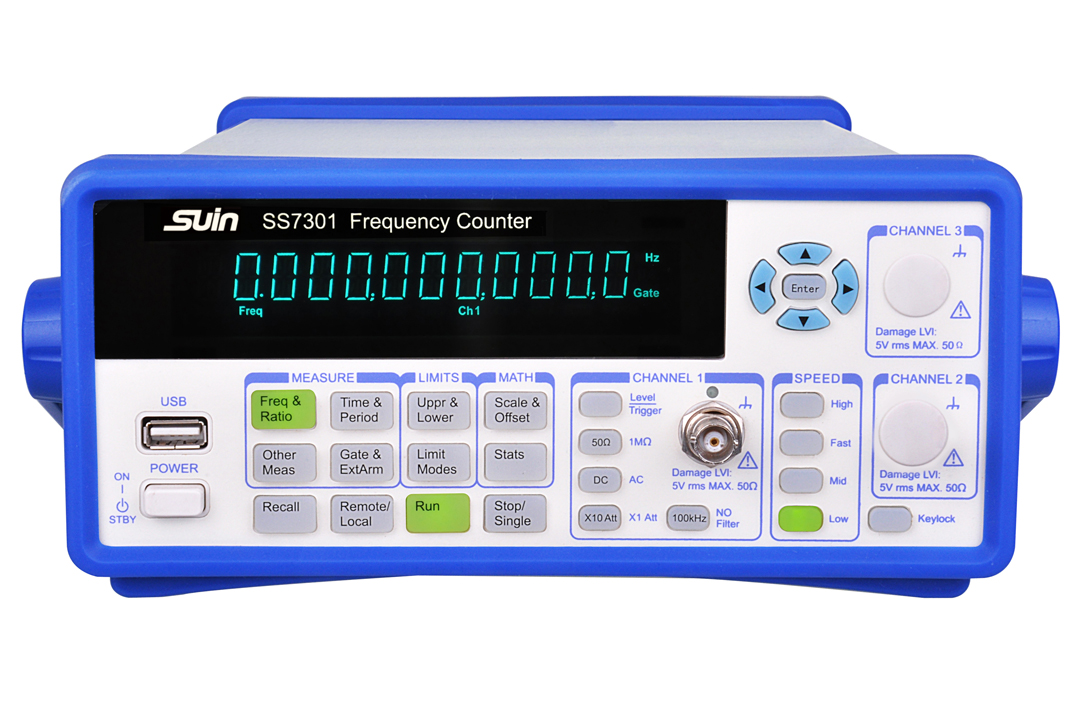

There are many ways to measure frequency, as we all know the comment to see is Universal Frequency Counter.According to its working principle is divided into passive frequency measurement, comparison method, oscilloscope method and counting method. Also there are other instruments like Signal Generator.The counting method is essentially a comparative method, the most common of which is the electronic counter method. Electronic counter is one of the most common and basic digital measuring instruments.
Due to the rapid development of digital circuits and the popularization of integrated circuits, the Universal Frequency Counter is widely used. The use of electronic technology to measure the frequency with high precision, eye-catching display intuitive, rapid measurement, and to facilitate the measurement process automation and a series of outstanding advantages, so this method is the best

Jul. 10, 2025
Common Uses and Types of Signal GeneratorsJun. 13, 2025
Power Quality Analyzers: SA2100, SA2200, and SA2300 – Which One Fits Your Workflow?May. 14, 2025
Stopwatch Calibrator Uses in Aerospace, Automotive and Labs